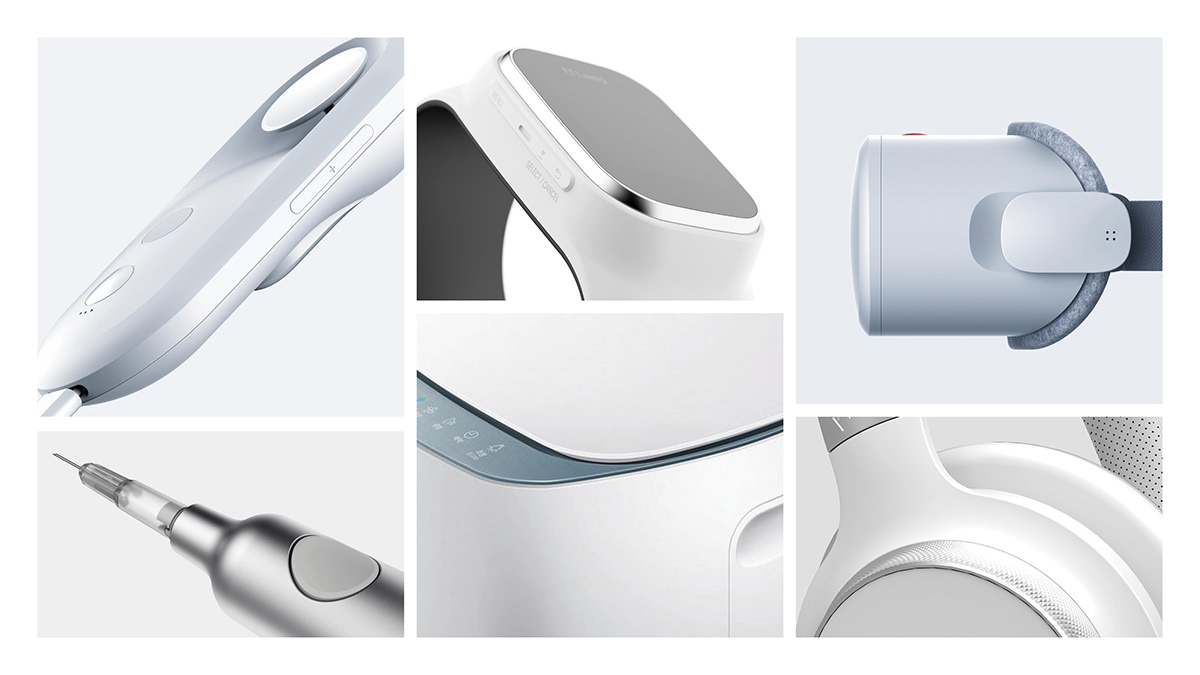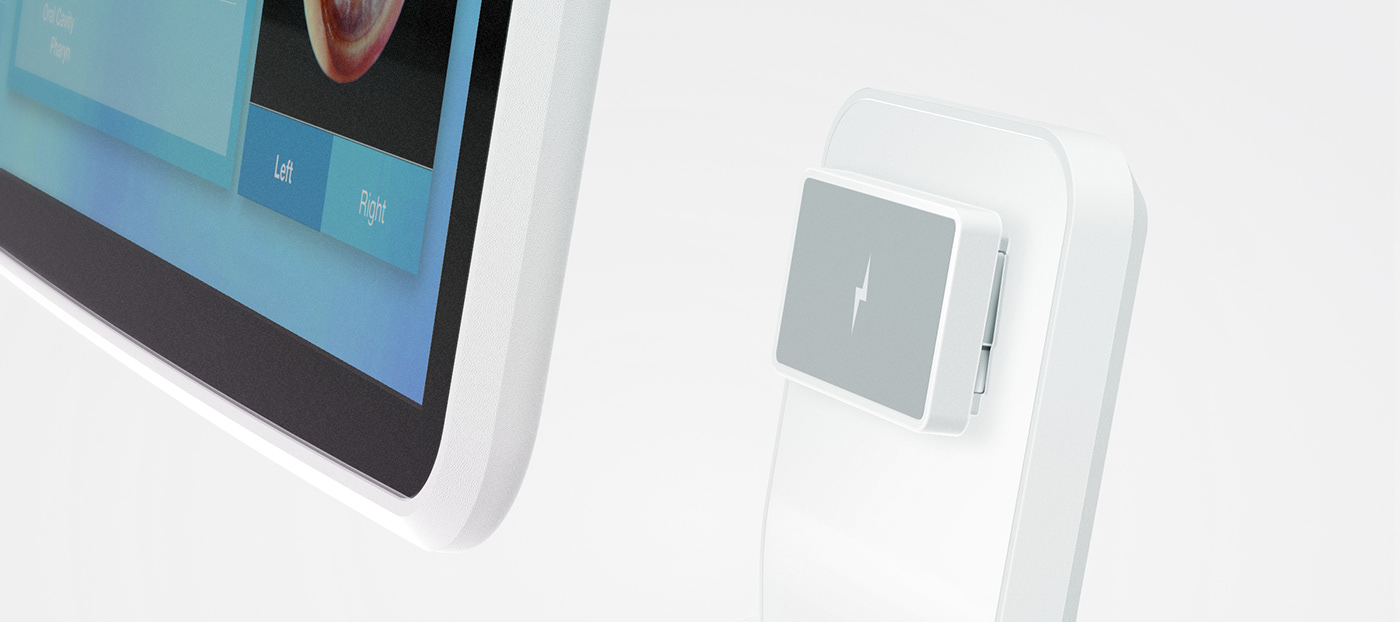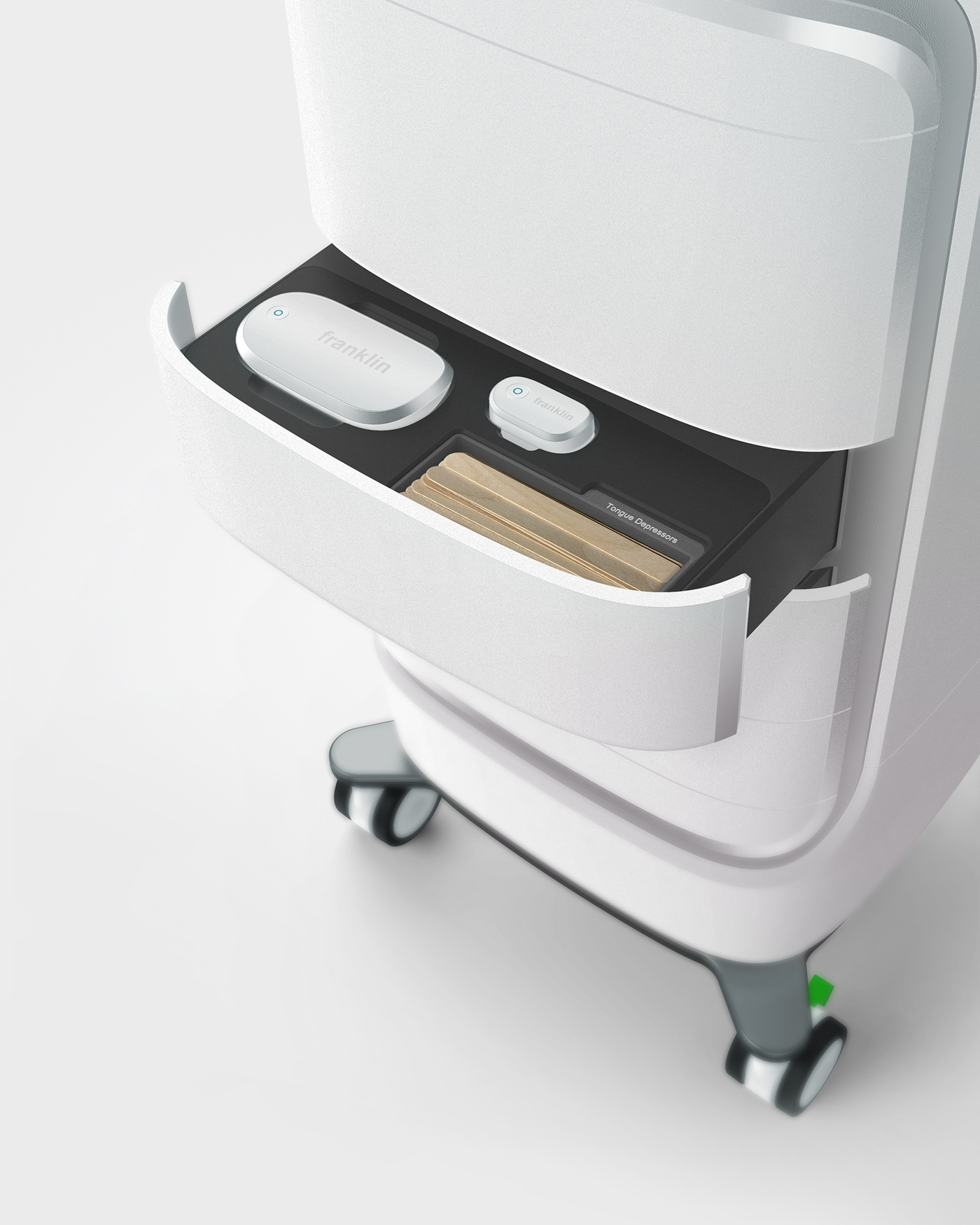
Franklin Health Systems
Good health begins with a strong patient/doctor relationship. Doctor’s need to be able to understand their patients and patients need to be able to trust their doctor and feel cared for. One way we can improve that relationship is by increasing the physician’s efficiency so they can spend less time on their charts and more time with the patient. Due to the recent switch from paper charts to electronic health records (EHR), physicians have been working longer hours, their clinical productivity has dropped and the patient/doctor relationship is struggling because of it. Franklin Health creates a smart, mobile workstation equipped with a suite of connected tools and a digital clipboard in an effort to streamline pediatric care and relieve the physician of the manual data entry overload present in the existing EHR workflow. We are fully committed to providing physicians with the tools they need to practice the art of medicine in a technological world.
Timeline - 9 months

“[EHR has] the ability to change the care system. Once the electronic system is in place, it serves as a platform for change in a way that was not possible on paper.”
Dr. Andy Spooner
Cincinnati Children’s










The System
Franklin Health Systems creates an all-in-one pediatric workstation that allows physicians to focus less on their charts and more on the “Art of Medicine.” Within the drawers of the workstation are five smart, connected tools that automatically upload data to the patients health record. By integrating technology into the pediatric workflow in an unobtrusive manner, Franklin Health Systems embraces all the benefits of electronic health records and provides physicians with the tools they need to easily analyze their patients’ data. We understand that healthcare is more than the data; it is about human connection and trust. That is why we utilize artificial intelligence and its ability to understand the natural flow of human conversation so physicians can focus on having real, unscripted conversations with their patients and their families while the note writes itself

Quick Release Tablet
The tablet is the most portable option for physicians and their team. Rather than use a laptop or fixed display, Franklin Health aims to embrace all of the benefits of EHR. The quick release mechanism allows physicians to take photos of any rashes or skin lesions and upload them to the patient’s chart to be referred to later or examined by other care providers.

Zero Manual Data Entry
In addition to smart, connected tools, Franklin Health utilizes artificial intelligence and its ability to understand natural conversation to dictate any notes and important information that can not be recorded by the other tools in the system. The nurse’s station and each doctor’s private office are equipped with additional desktop workstations to review and make any changes to patient charts.


Drawer 01
Thermometer, Ophthalmoscope, Otoscope (+Specula)

Thermometer
The temporal thermometer is a non-invasive tool used to measure body temperature with a simple stroke across the temporal artery in the forehead. Using advanced infrared technology, the temporal thermometer provides maximum ease of use and quick, consistently accurate measurements that can then be automatically uploaded to the patient’s EHR.
Output: Degrees F/C

Ophthalmoscope
The ophthalmoscope is used to examine the back part of the eye (fundus), which includes the retina, optic disc, choroid, and blood vessels. It has a light and different tiny lenses that allow the provider to view the back of the eyeball. Currently, doctors have to describe what they see via written word or check boxes. The Franklin ophthalmoscope allows physicians to capture a photo that is automatically uploaded to the patient’s chart.
Output: Photograph

Otoscope
The otoscope is used to look into the ears to screen for illness during regular check-ups and also to investigate ear symptoms. This instrument is designed for visual examination of the ear canal and tympanic membrane or eardrum. With an embedded camera/LED module and a reciprocal mirror, the Franklin otoscope has the ability to capture photos in an effort to limit the amount of the manual data entry the physician has to enter.
Output: Photograph




Drawer 02
Blood Pressure Monitor, Pulse Oximeter, Tongue Depressors

Blood Pressure Monitor
Now that health records are digital, physicians can utilize electronic blood pressure monitors effectively. The compact form sits neatly within the workstation and automatically uploads the patient’s blood pressure to their chart when the process is completed.
Output: mmHg


Pulse Oximeter
Pulse oximeters measure a patient’s oxygen saturation. By passing two wavelengths of light through a body part (usually a finger tip) to a photodetector, this device can measure the proportion of oxygenated hemoglobin in the blood in pulsating vessels.
Output: SpO2


Drawer 03
Reflex Hammer, Vaccine Prep (Gloves, Alcohol Prep Pads, Band-Aids)

Sharps and Biowaste Disposal
After administering a vaccine, it is important to dispose of the syringe and needles in a safe and clean manner. Located on the left side of the workstation, sharps can be disposed of into the push-to-open mail slot indicated by the name identifier “sharps” and the entry lid. All other biowaste can be disposed of through the mail slot on the right side of the workstation indicated by the name identifier “biowaste” and the lack of an entry lid. Biowaste materials fall into a secure biowaste container that can only be accessed by the care team.


RFID Secure
Using RFID magnetic locks, the biowaste containers are safely guarded from curious young children. Sensors inside the biowaste alcove will alert the connected tablet when approaching full capacity. Any member of the care team can then scan their badge to unlock the access panel and retrieve/ replace the containers.


Drawer 04
Paper Patient Gowns

Charging Dock
Located in the nurse’s station, the charging dock offers a place for the workstation to spend the night. Because the tools are not drawing much power from the internal battery, the workstation can last a whole day off one charge. When the physician rolls the workstation over the dock, the cart will enter sleep mode and begin refueling via conductive charging.



Appearance Model
I worked with John Busse and his team at Anza, Inc. to create a half scale model of the workstation. I provided Anza with the Solidworks geometry along with a deck of detailed spec sheets for each component of the model to assure the design intent was upheld.













